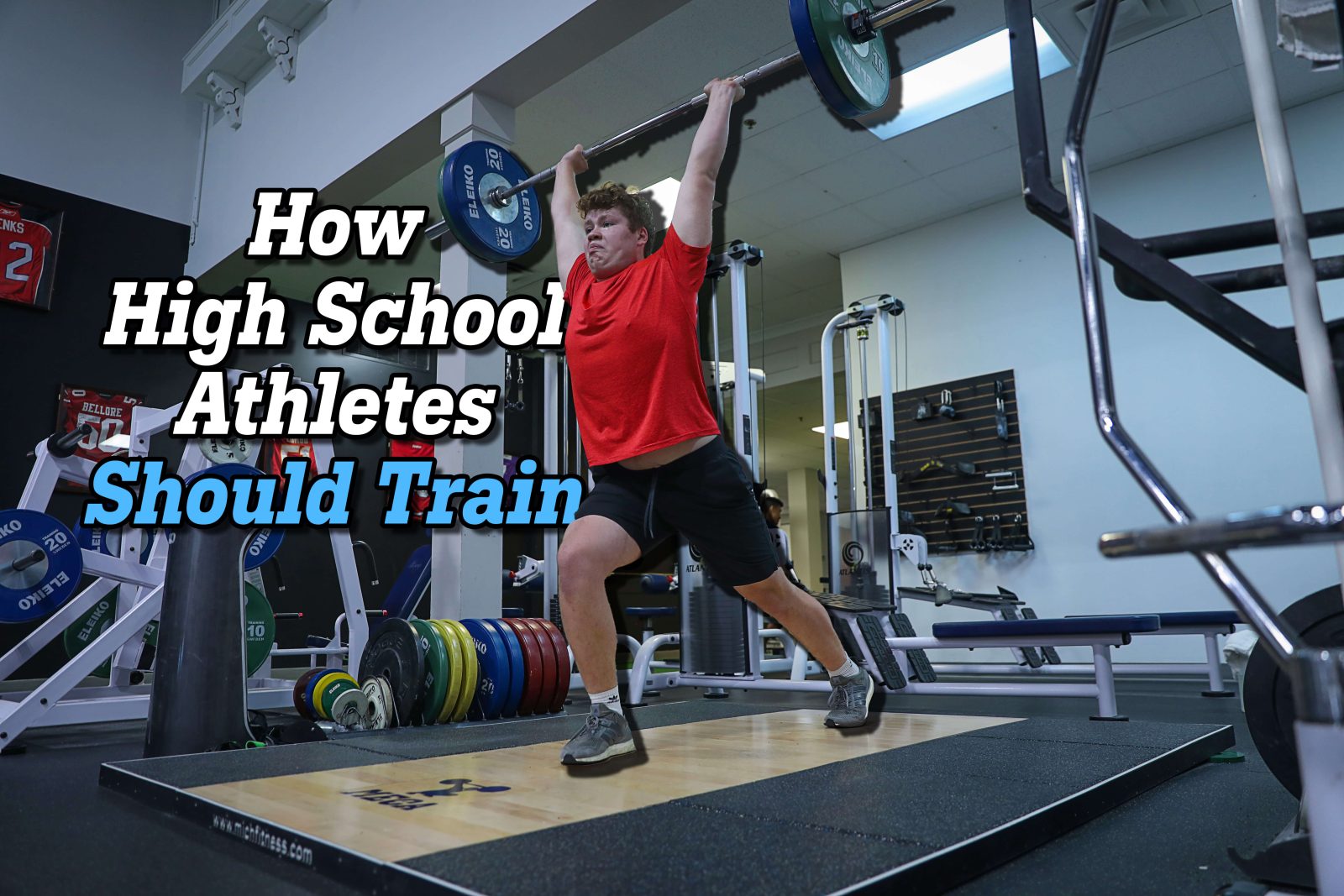Recovering from an anterior cruciate ligament (ACL) injury is a journey that requires a structured plan, dedication, and expert guidance. While surgery and physical therapy are crucial first steps, post-rehab training often plays an underestimated yet essential role in achieving a full recovery. At Michigan Elite Conditioning for Athletes (MECA), we understand that overcoming an ACL injury is not just about regaining movement but also about restoring strength, confidence, and performance to pre-injury levels—or better.
Understanding ACL Injuries and the Path to Recovery
The ACL is one of the key ligaments that stabilizes the knee joint, particularly during dynamic movements like pivoting, jumping, and quick directional changes. ACL injuries are common among athletes in high-impact sports like basketball, soccer, and football, but they can also occur in non-athletes due to sudden trauma or accidents.
The recovery process often involves:
- Surgical Intervention: In most cases, ACL reconstruction surgery is performed to repair the ligament.
- Initial Rehabilitation: Physical therapy focuses on reducing swelling, restoring range of motion, and beginning basic strength exercises.
- Post-Rehab Training: Advanced conditioning and sport-specific training address lingering deficits in strength, mobility, and stability, ensuring the individual is fully prepared to return to their sport or daily activities.
Why Post-Rehab Training is Critical in ACL Recovery
Bridging the Gap Between Therapy and Full Recovery
Physical therapy typically concludes once you’ve regained basic mobility and strength. However, this milestone is often insufficient for returning to high-level activity or sports. Post-rehab training bridges the gap, addressing specific deficits that may still exist, such as asymmetries in strength, limited proprioception, or reduced endurance.
At MECA, our post-rehab programs focus on:
- Rebuilding full strength in the quadriceps, hamstrings, and glutes.
- Enhancing dynamic stability to prevent re-injury during athletic movements.
- Progressing agility and explosiveness for sport-specific demands.
Preventing Re-Injury
One of the greatest risks after an ACL injury is re-injury, especially during the first year after returning to sports. Studies have shown that athletes who skip advanced training are significantly more likely to experience another ACL tear. Post-rehab training reduces this risk by creating a strong, balanced, and well-conditioned athlete.
Key components of injury prevention include:
- Neuromuscular Training: Drills to improve reaction time and joint stabilization.
- Balance and Coordination Work: Exercises to enhance proprioception, reducing strain on the knee.
- Strength Training: Emphasis on bilateral and unilateral exercises to correct imbalances.
Restoring Confidence
The psychological impact of an ACL injury is often overlooked. Fear of re-injury can hold individuals back, even if they’ve physically recovered. Post-rehab training is vital for rebuilding trust in your body. At MECA, we design gradual progressions that allow you to push your limits safely, helping you regain the confidence needed to return to peak performance.
The MECA Approach to Post-Rehabilitation Training
At MECA, our expertise in sports injury rehabilitation and performance coaching allows us to create tailored programs for each client. Here’s how we set ourselves apart in ACL recovery:
Individualized Assessments
Every recovery journey is unique. Before beginning a program, we conduct a thorough assessment to evaluate strength, mobility, and functional deficits. This includes analyzing movement patterns, identifying areas of compensation, and understanding your sport-specific needs.
Strength and Conditioning Expertise
Founded by strength and conditioning coach David Lawrence, MECA has a proven track record of elevating athletes’ performance. Our post-rehab training programs integrate:
- Advanced strength training techniques.
- Progressive overload principles for safe and effective muscle growth.
- Functional exercises that mimic real-life and sport-specific movements.
Sport-Specific Training
Whether you’re a soccer player working on agility or a weekend warrior aiming for stability, our programs are designed with your goals in mind. We incorporate sport-specific drills, plyometrics, and conditioning to prepare you for the demands of your activity.
Caring and Supportive Coaching
Recovering from an injury can be physically and emotionally challenging. Our team provides expert guidance while creating a supportive environment that motivates and encourages every step of the way.
What Does a Post-Rehab Training Program Look Like?
A comprehensive ACL post-rehab program typically includes:
Phase 1: Restoring Strength and Stability
- Focus: Target major muscle groups surrounding the knee—quadriceps, hamstrings, and glutes.
- Exercises:
- Squats and deadlifts (with modifications as needed).
- Step-ups and Bulgarian split squats.
- Core stability exercises like planks and anti-rotation movements.
Phase 2: Dynamic Stability and Movement Control
- Focus: Improve balance, coordination, and joint stability.
- Exercises:
- Single-leg balance drills.
- Lateral band walks.
- Controlled deceleration training.
Phase 3: Return to Sport Preparation
- Focus: Incorporate sport-specific drills, explosiveness, and endurance.
- Exercises:
- Agility drills using cones and ladders.
- Plyometric exercises like box jumps and bounding.
- Interval conditioning for cardiovascular fitness.
Each phase is tailored to the individual’s progress, ensuring a safe and effective transition back to full activity.
Tips for a Successful Post-Rehab Journey
Patience is Key
Recovery is a marathon, not a sprint. Pushing too hard too soon can lead to setbacks. Trust the process and follow your trainer’s guidance.
Focus on Consistency
Consistency is more important than intensity. Regular training sessions, even at moderate levels, will lead to steady improvement over time.
Listen to Your Body
It’s normal to feel challenged during training, but pain is a red flag. Communicate any discomfort to your trainer so adjustments can be made.
Stay Positive
Progress might feel slow at times, but celebrating small victories—like increasing weight or mastering a movement—can keep you motivated.
The MECA Difference in Sports Injury Rehabilitation
At MECA, our mission is to provide superior training and coaching to help you achieve your goals. Since 2011, we’ve worked with athletes and individuals across Michigan to elevate their health and performance. Our post-rehab programs for ACL recovery are rooted in science, personalized for your needs, and designed to deliver results that last.
Ready to Elevate Your Recovery?
If you’re navigating the challenges of ACL recovery and want to rebuild strength, prevent re-injury, and return to the activities you love, MECA is here to help. Let us guide you through a structured and supportive post-rehabilitation journey tailored to your unique needs.
Contact us today to learn more about our sports injury rehabilitation programs and start your path to a stronger, healthier future!













